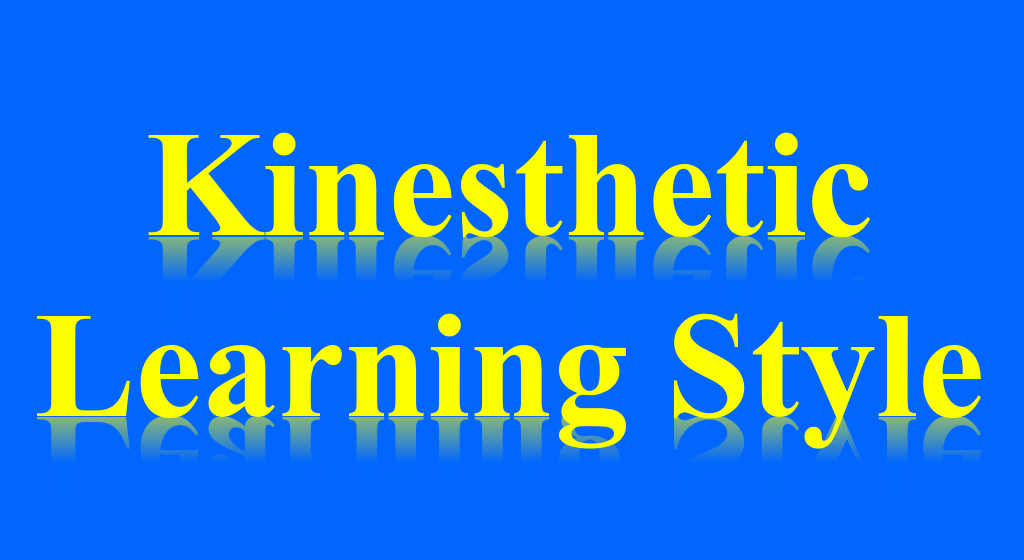Objective: Students will learn what it means to be a kinesthetic learner and how to maximize their learning potential by using strategies suited to this learning style. A student’s learning style can be identified through Onward360’s Learning Style Questionnaire, which helps determine whether they are a visual, auditory, kinesthetic, or reading/writing learner. This allows the program to tailor learning strategies to their individual needs for better academic success.
1. What is a Kinesthetic Learning Style?
A kinesthetic learner is someone who learns best by doing and moving. If you’re a kinesthetic learner, you likely understand and retain information more effectively when you’re physically engaged with the material, whether through hands-on activities, experiments, or movement-based learning. You prefer to be active, using your body or physical movement to help you grasp new concepts.
2. Characteristics of a Kinesthetic Learner:
- You learn best through physical activities, such as building, touching, or manipulating objects.
- You often use gestures or physical movement to help you express or understand ideas.
- You prefer hands-on experiences over listening to lectures or reading.
- You may find it difficult to sit still for long periods and prefer to move around while studying.
- You have good muscle memory and may remember how to do something after physically doing it.
- You enjoy physical tasks like building models, conducting experiments, or role-playing.
3. Strategies for Kinesthetic Learners:
If you identify as a kinesthetic learner, here are some tips to help you succeed in school:
- Take Frequent Breaks: Since you learn better when you’re active, try to break up long study sessions with short breaks to move around and refresh your focus.
- Use Hands-On Learning: Engage in activities that let you physically interact with the material, such as doing science experiments, building models, or acting out scenarios.
- Incorporate Movement: Study while pacing, walking, or even bouncing a ball. Using your body while learning can help reinforce what you’re studying.
- Create Physical Examples: When learning new concepts, try to create physical examples of them. For instance, use objects to represent mathematical formulas or historical events.
- Act It Out: If possible, role-play or act out concepts you’re learning. For example, when studying history, pretend you’re one of the historical figures and reenact key events.
- Use Flashcards: Handling flashcards allows you to engage physically with the material. Shuffle and sort them as you study to incorporate movement.
- Take Notes During Lectures: Writing things down during class helps engage your hands, making it easier for you to stay focused and remember the material later.
- Study in Short Bursts: Rather than long study sessions, try to study in short, active bursts. Incorporate movement like standing up or changing positions as you review.
4. Tips for Studying as a Kinesthetic Learner:
- Use Real-Life Examples: Connect what you’re learning to real-life activities. For instance, if you’re learning about physics, relate it to sports or movement that you’re familiar with.
- Work with Manipulatives: Use objects like clay, blocks, or other manipulatives to help make abstract ideas more concrete.
- Exercise While Learning: Physical exercise like jogging or using a stationary bike can help kinesthetic learners process information better.
- Get Involved: Whenever possible, participate in activities, labs, or projects that involve moving or building something related to the material you’re learning.
5. Conclusion:
As a kinesthetic learner, your strength lies in learning through physical activity and hands-on experiences. By using strategies like taking breaks, engaging in hands-on projects, and incorporating movement into your study routine, you can enhance your ability to learn and retain information. Knowing your learning style allows you to tailor your study habits, making your learning experience more effective and enjoyable.

